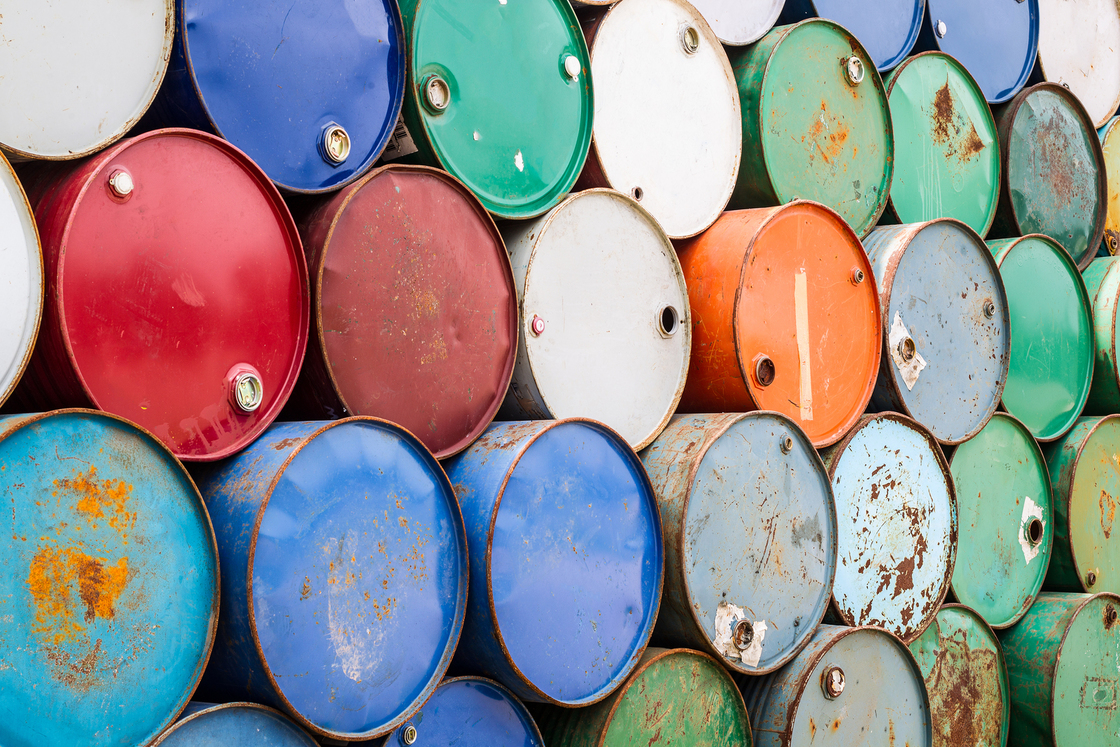Waste Classification: Handling Industrial Wastes


Industrial waste management is a highly regulated field due to the significant risks involved. Industrial waste can be volatile, flammable, and downright toxic in some cases. Proper waste management is crucial in maintaining the safety of workspaces. The guidelines also prevent industrial waste from polluting the environment.
Waste does not only include solids and liquids — paint residuals, such as the types filtered by down draft paint booths, also count as industrial waste and must be handled in the appropriate manner. There are multiple waste classifications according to the United States Environmental Protection Agency (EPA).
Basic Classifications
The EPA classifies waste into non-hazardous and hazardous waste. They are further categorized according to the industry that produces them and whether they come in liquid, solid, or gaseous form. This may include volatile organic compounds or industrial waste air, sludge, mud, dusts, solvents, waste metals, and chemicals.
Waste management begins by identifying whether the waste is hazardous or not. The EPA provides a systematic waste identification chart that will help industries determine whether a particular type of waste is hazardous. Solid waste is typically hazardous.
The next step is to determine whether it is a listed waste or a characteristic hazardous waste.
Listed Waste VS Characteristic Waste
Characteristic hazardous waste refers to waste that exhibits dangerous properties. These may include:
- Corrosivity — Corrosive substances are either acidic or alkaline and readily dissolve or corrode materials that they come in contact with.
- Ignitability — Ignitability refers to flammability of a substance, and whether they are more likely to catch fire than other materials.
- Reactivity — Reactive wastes are explosion risks, or materials that undergo violent chemical reactions.
- Toxicity — Any product with high toxicity causes injury or bodily harm to a living organism.
Characteristic hazardous waste cannot be “delisted” from the list of hazardous waste.
On the other hand, listed waste is waste that has the “hazardous” designation primarily because the processes that create them have historically produced dangerous substances. Companies may have a waste delisted if they can prove that it is non-hazardous.
Understanding the waste classifications keeps both the environment and industrial workplaces safe.




